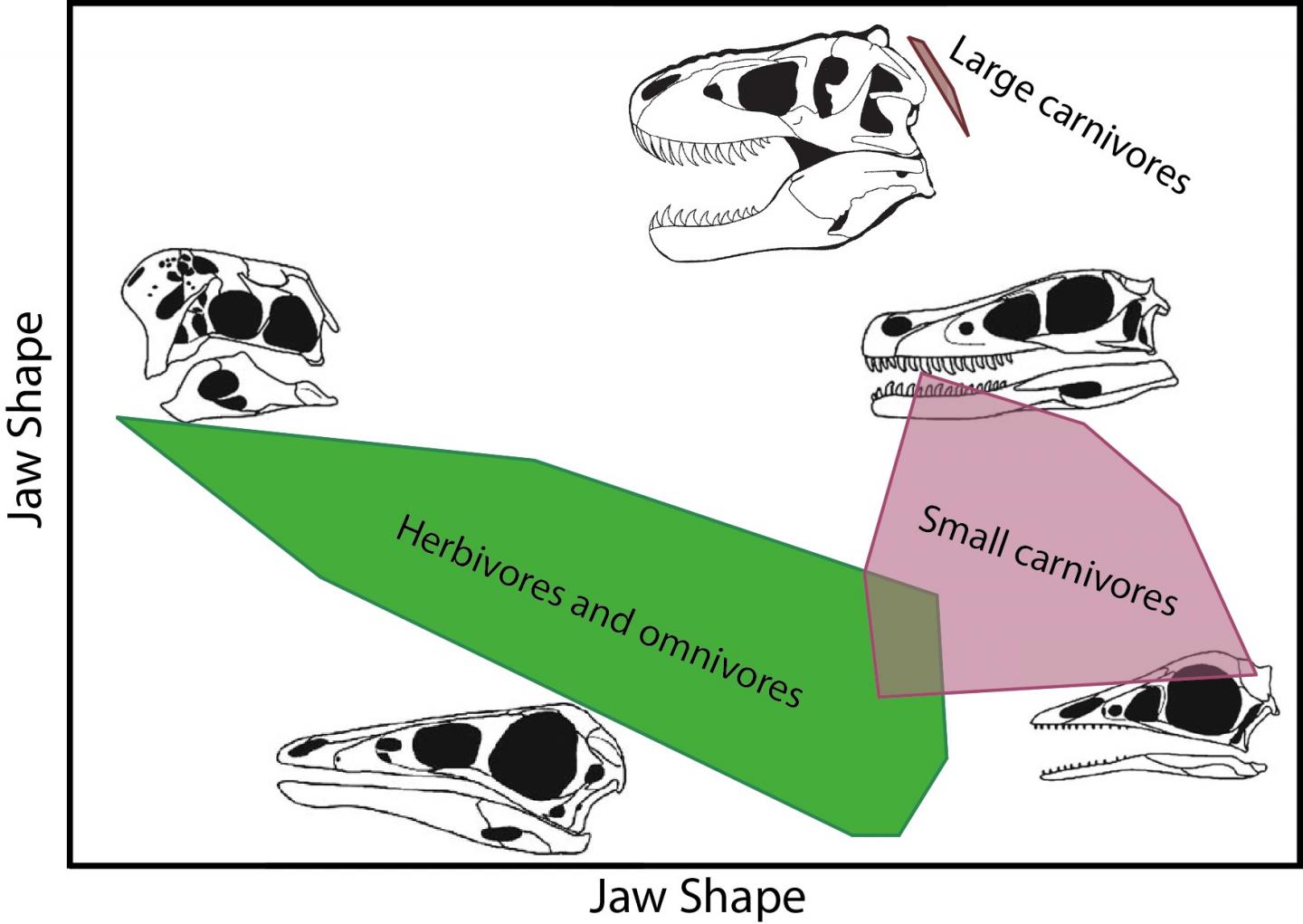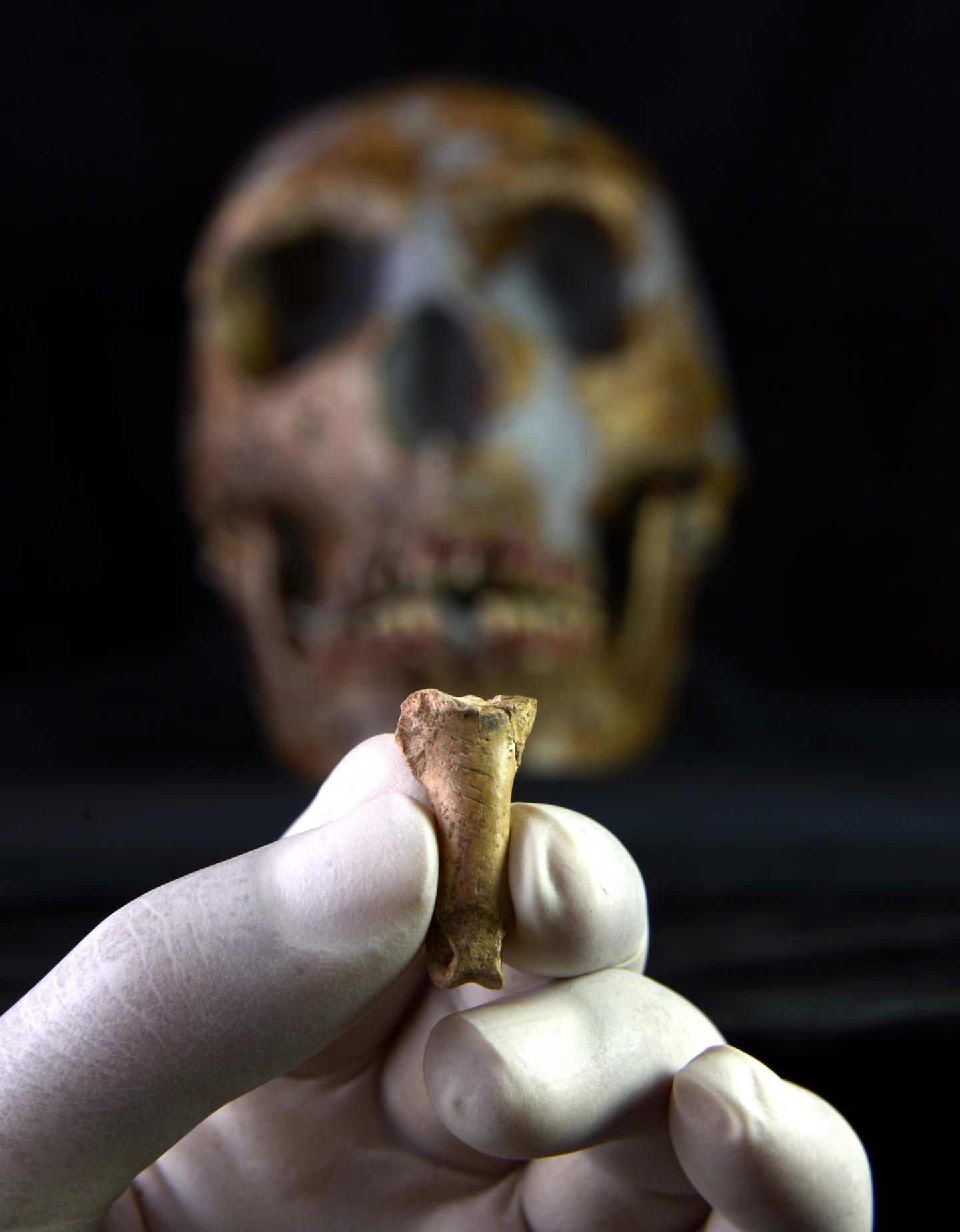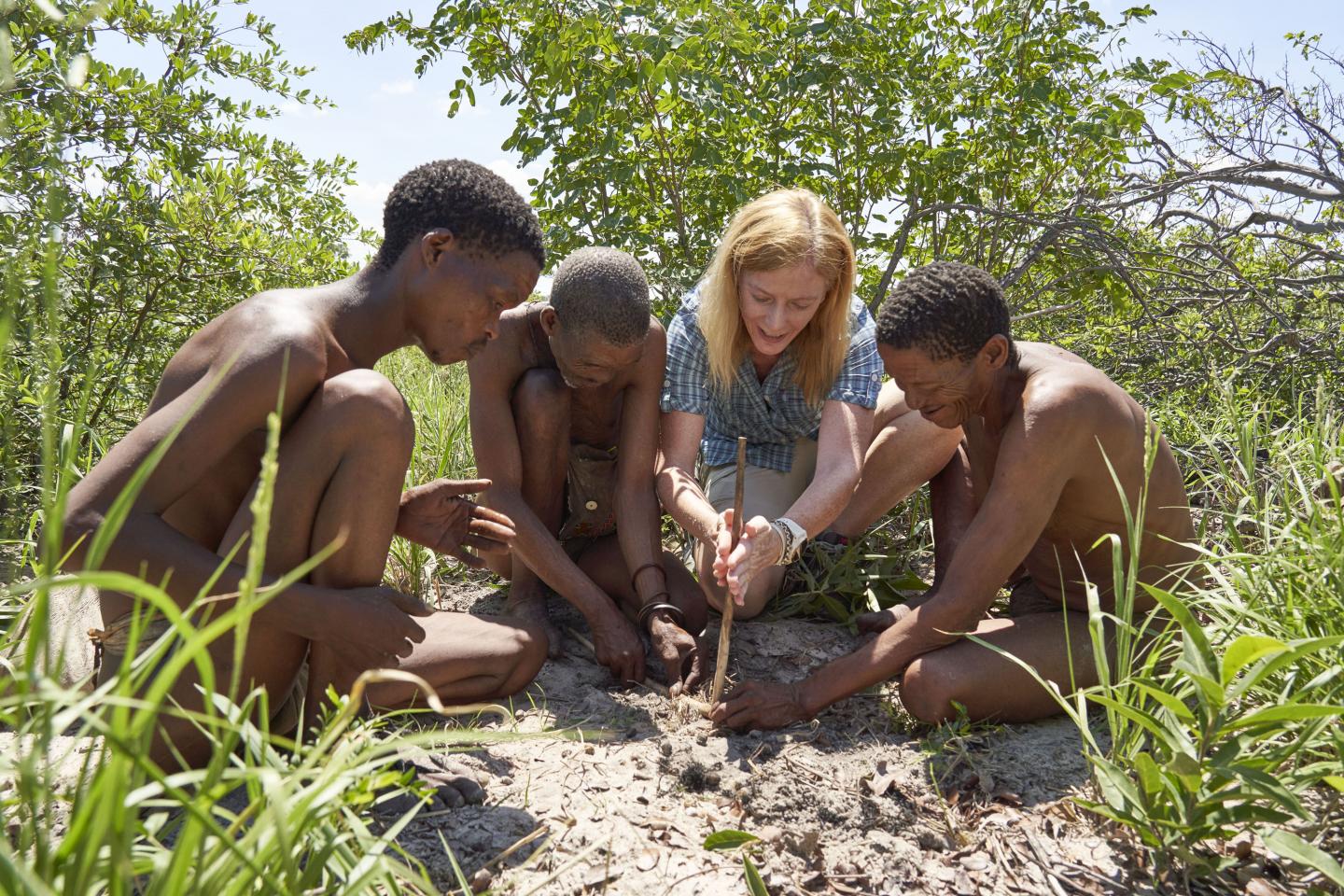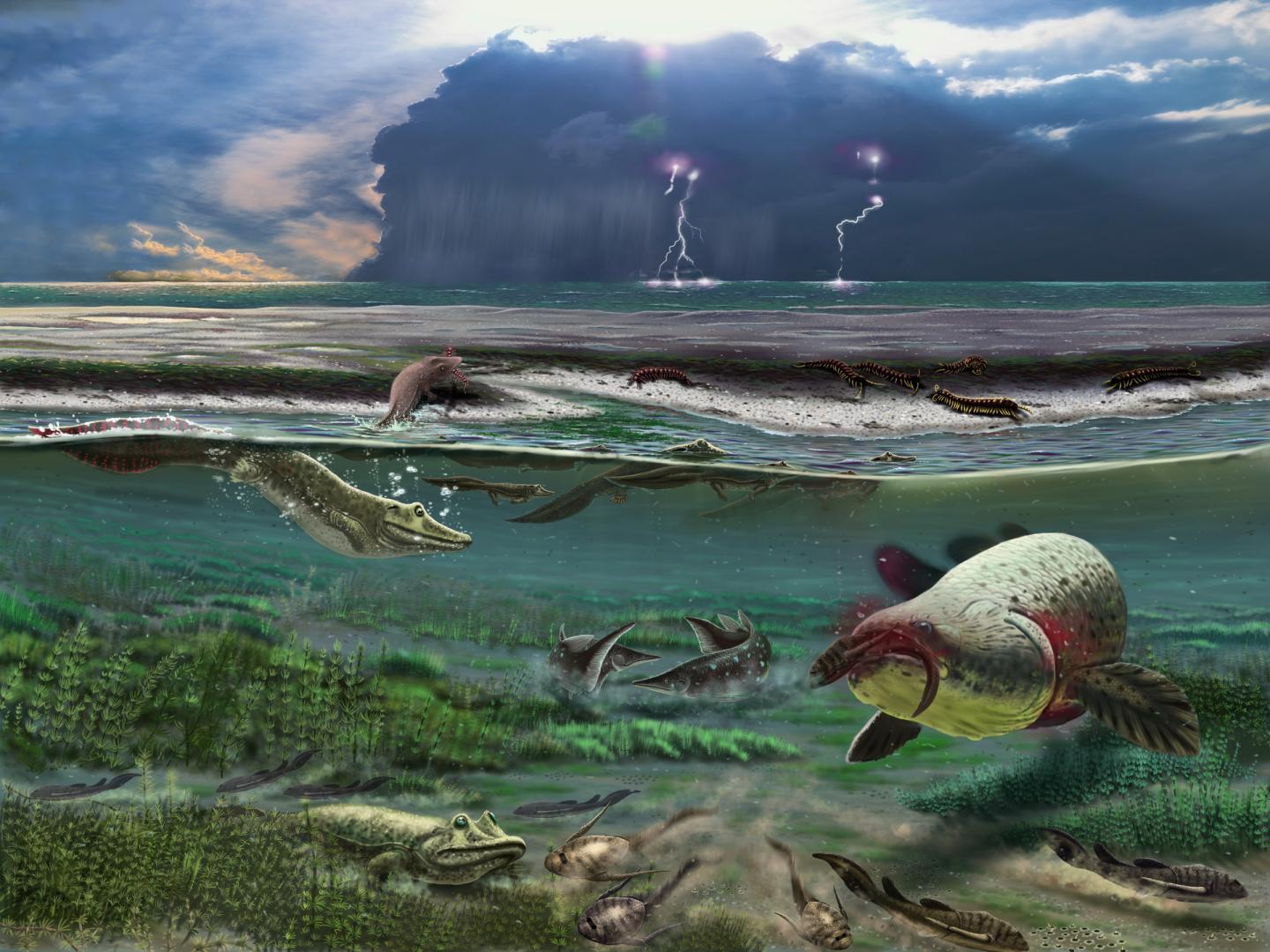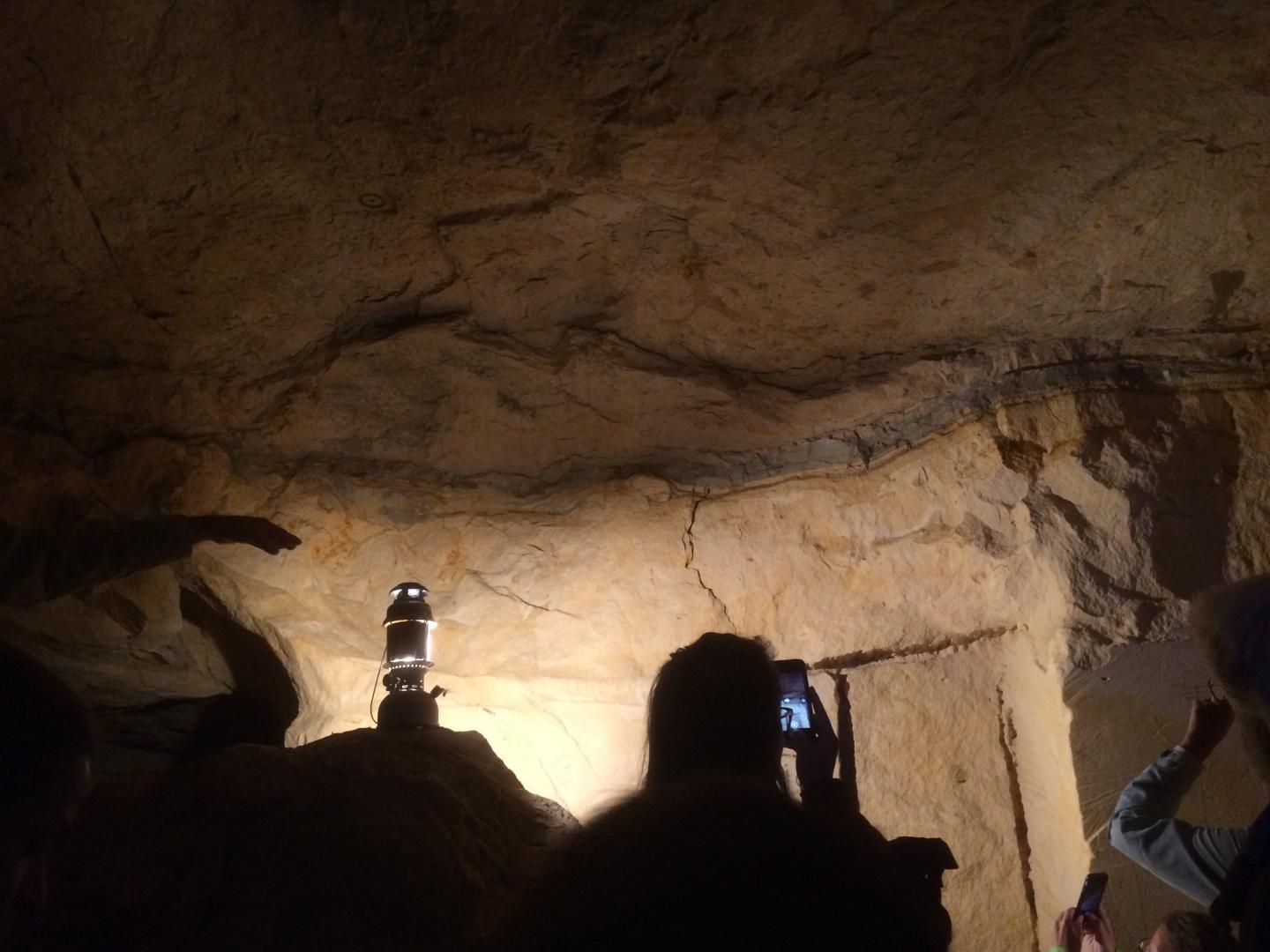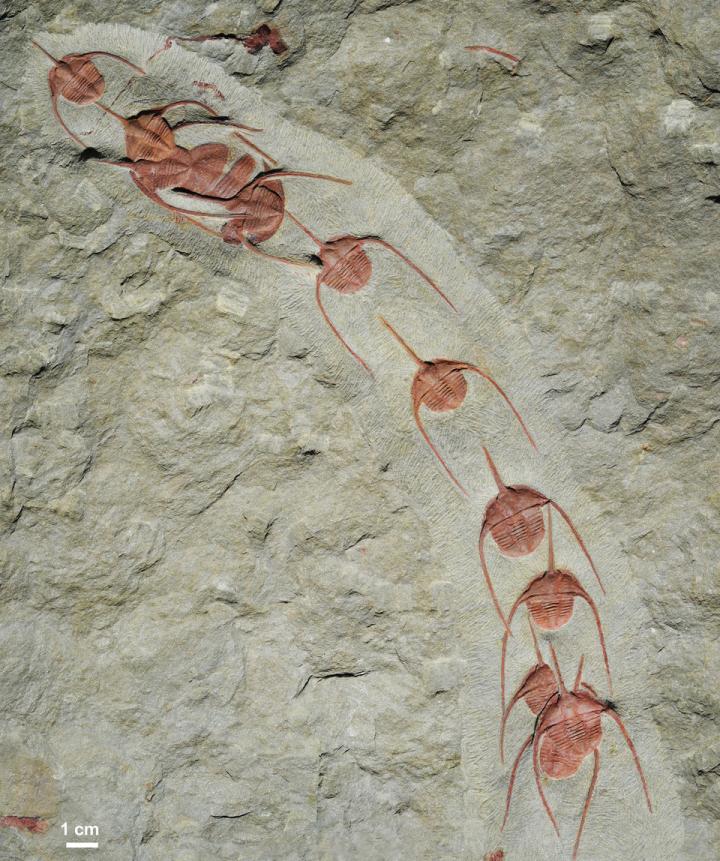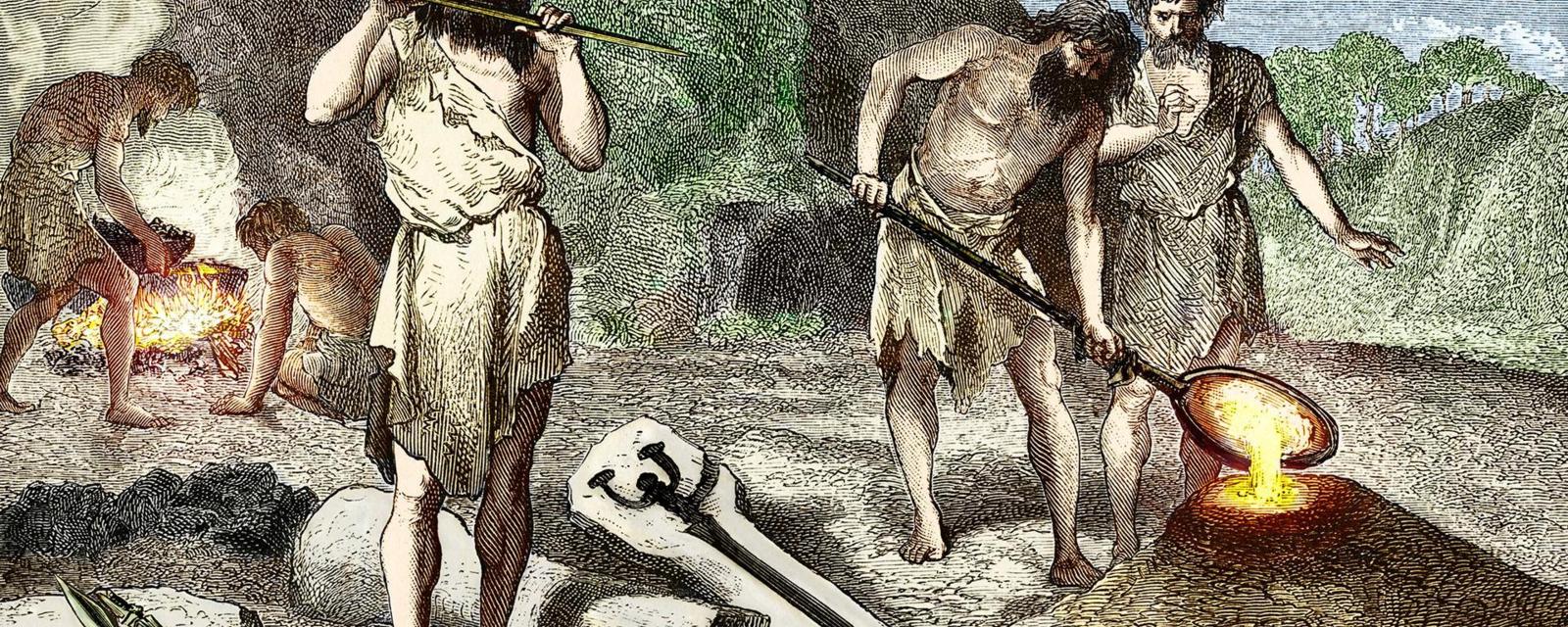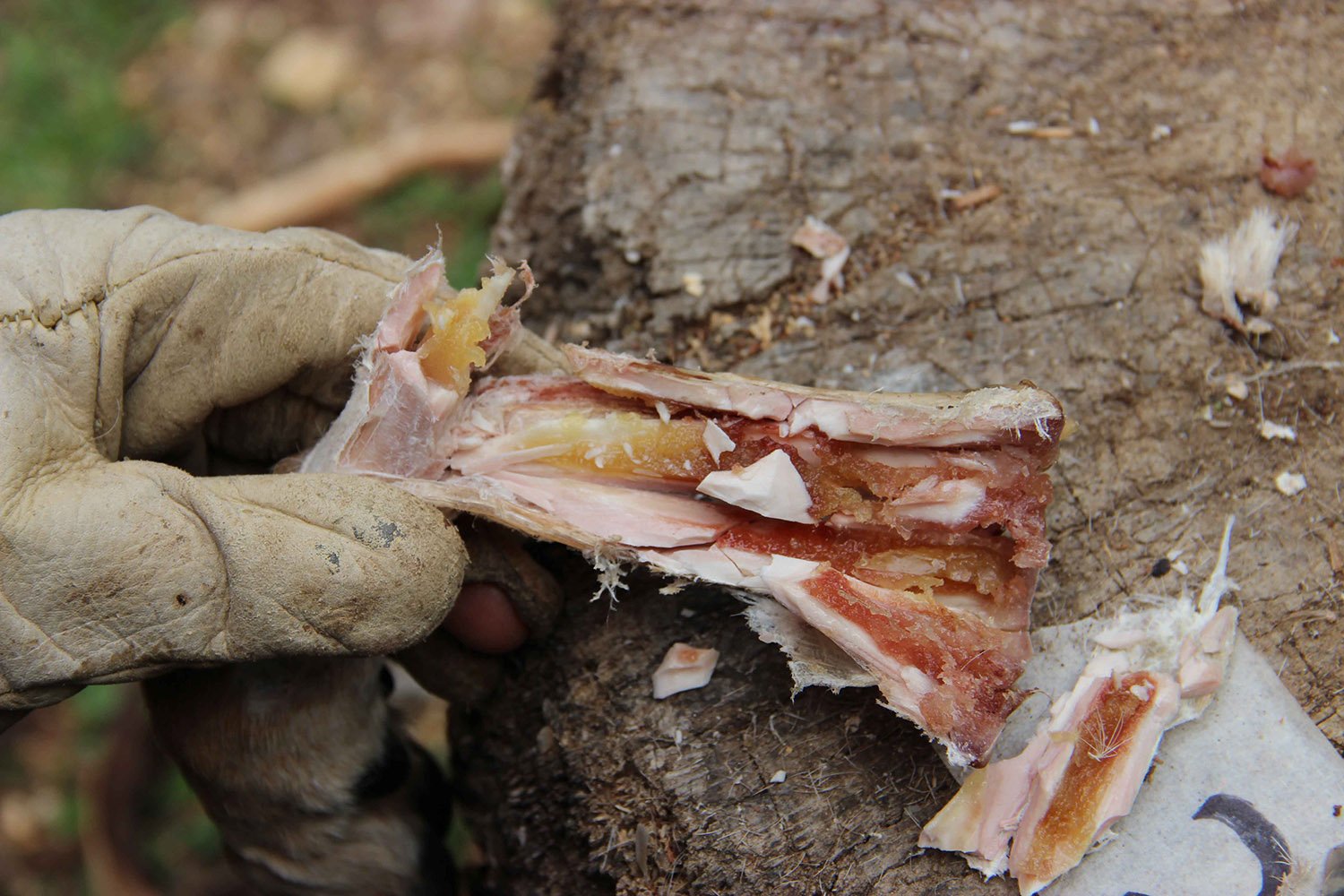Discriminating diets of meat-eating dinosaurs
A big problem with dinosaurs is that there seem to be too many meat-eaters. From studies of modern animals, there is a feeding pyramid, with plants at the bottom, then plant-eaters, and then meat-eaters at the top. A new study by scientists at the University of Bristol’s School of Earth Sciences, published in the journal Palaeontology, … Read more
